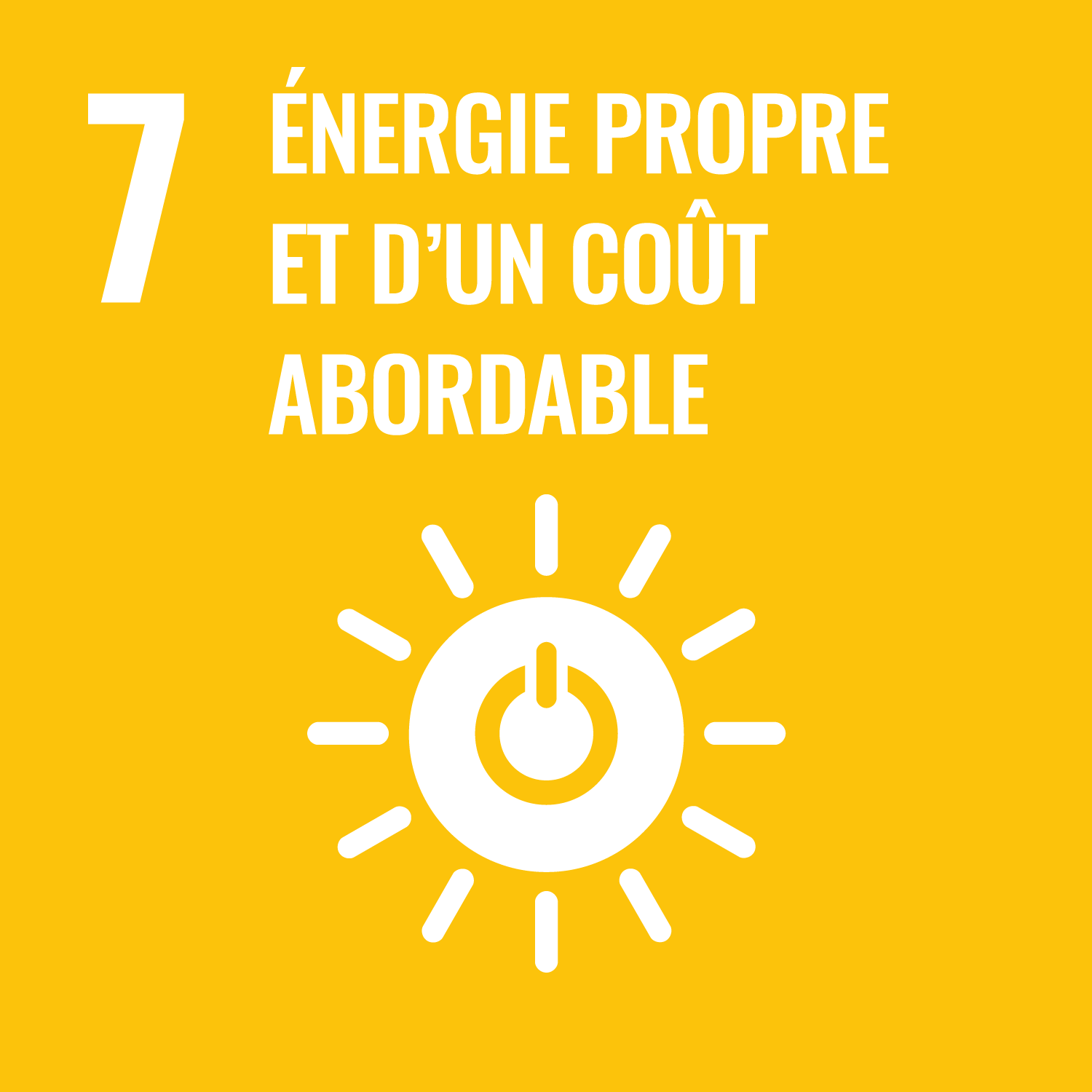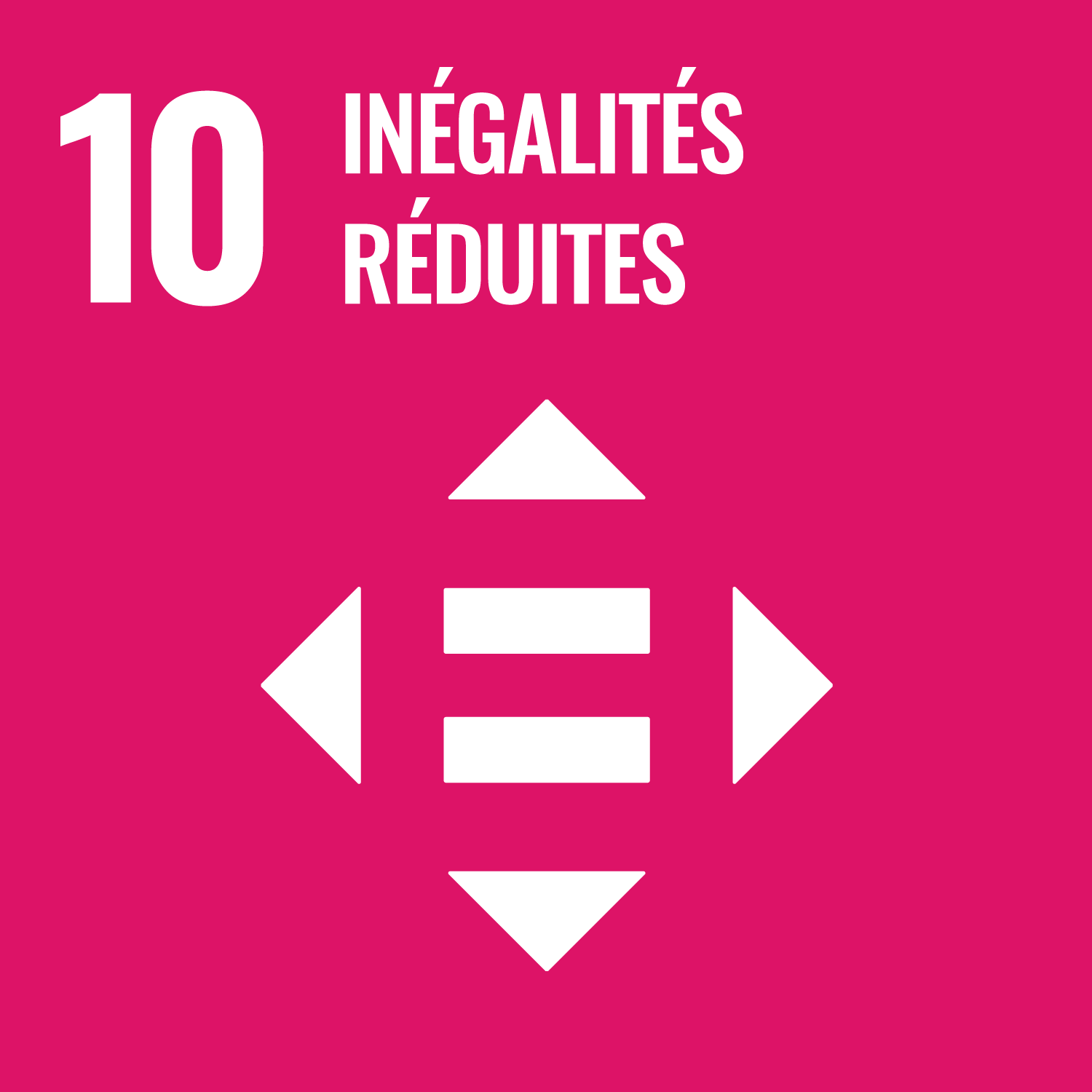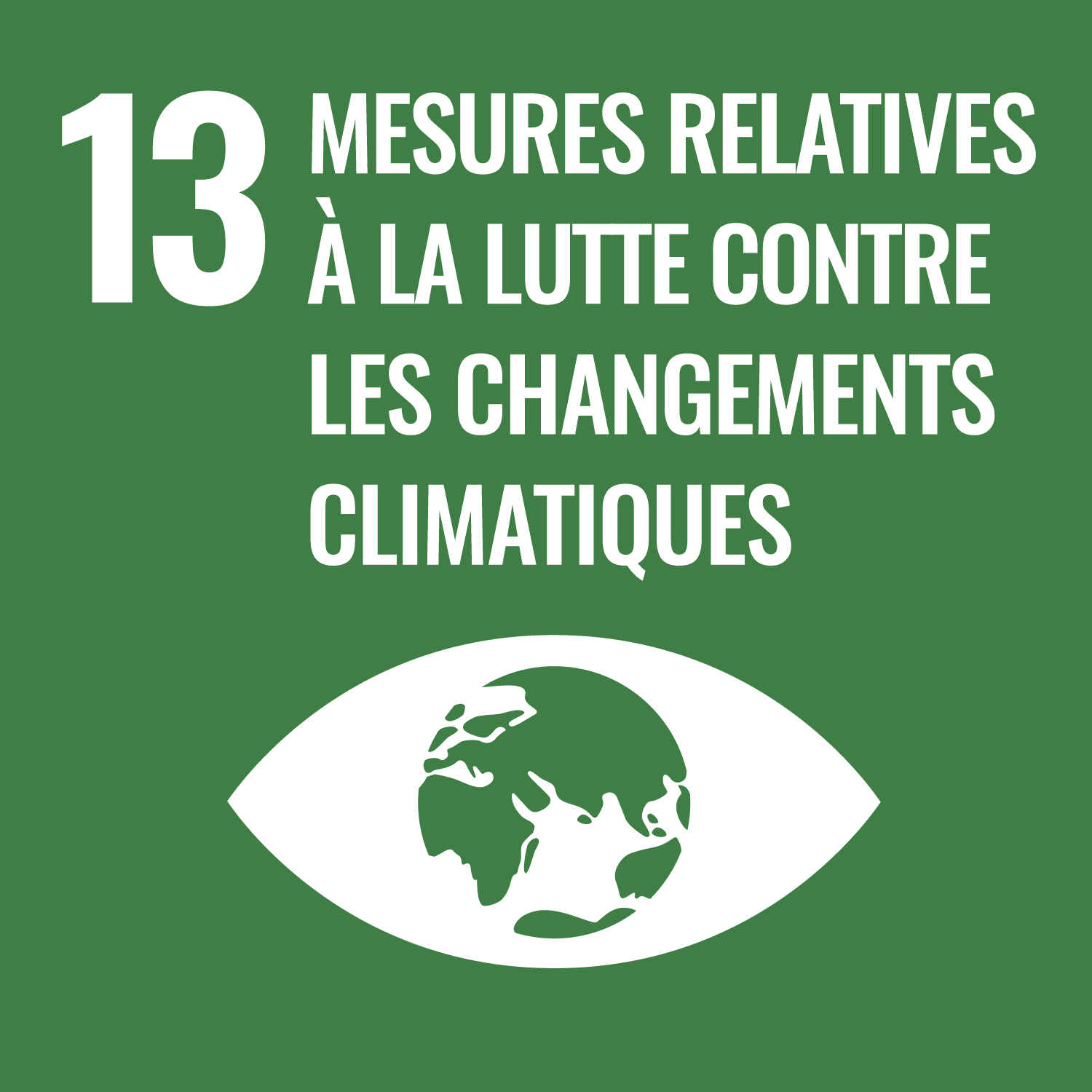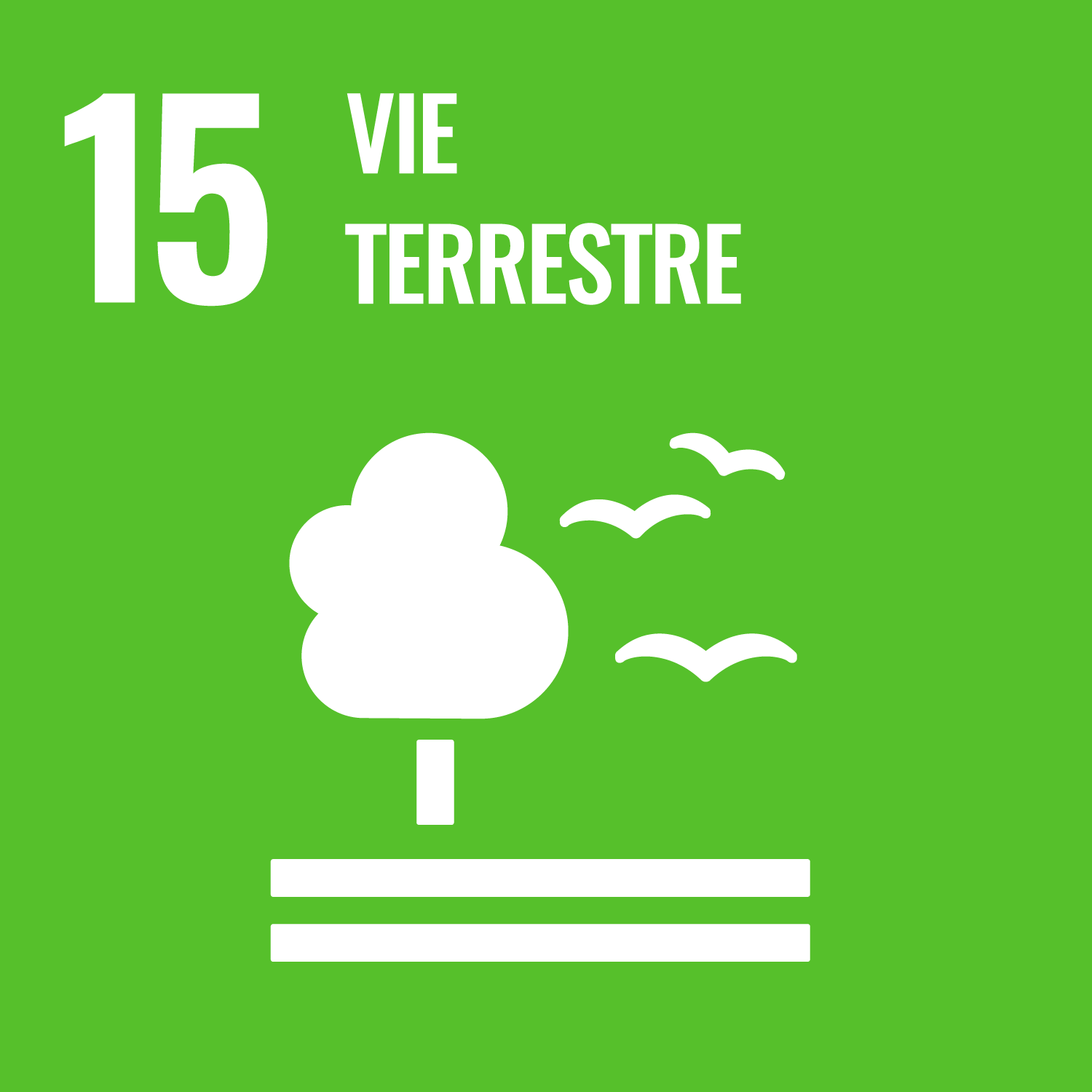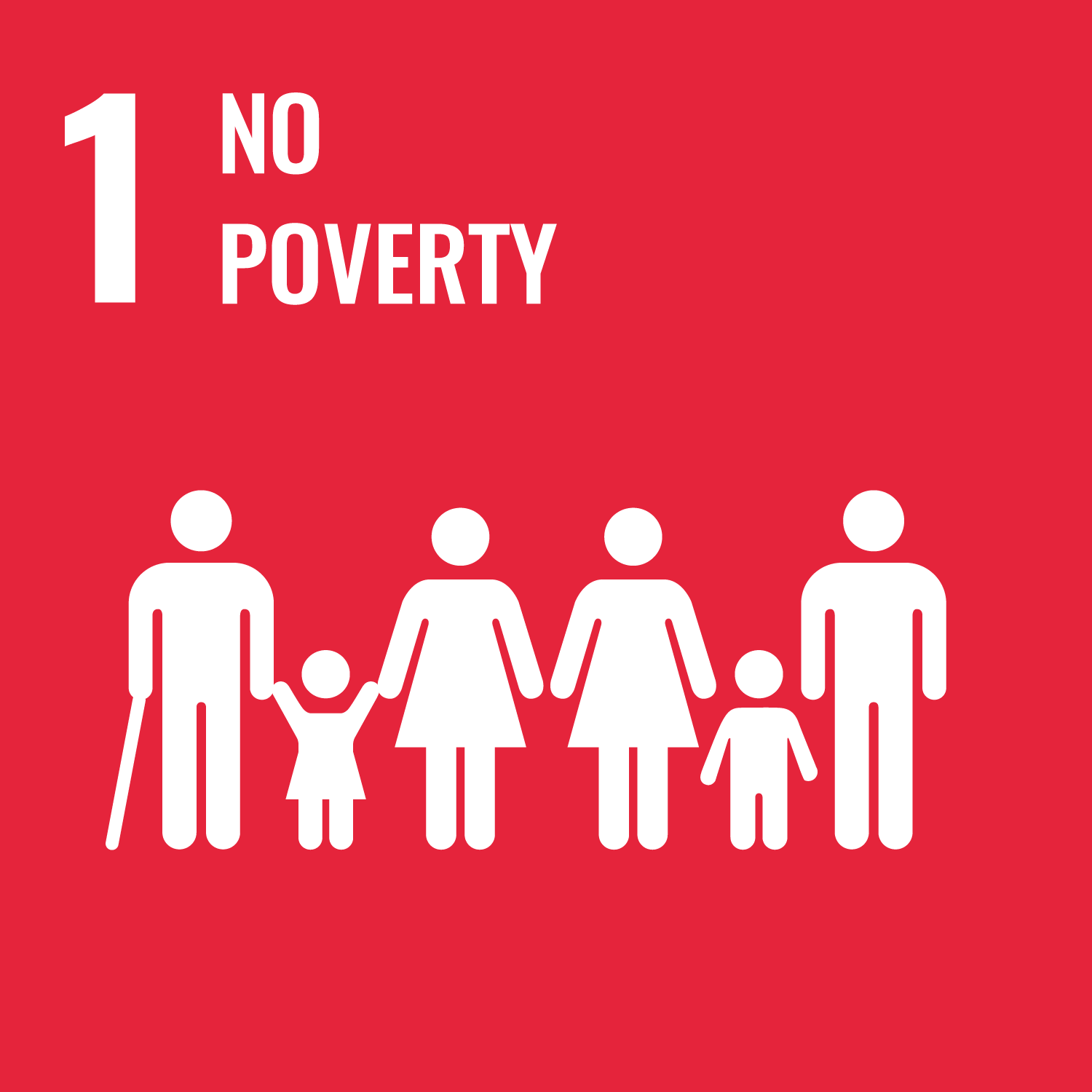Recently, in the United States and across the globe, terms like self-isolating, social distancing, and sheltering in place have increasingly become a part of everyone’s vocabulary. These are all practices designed to flatten the curve and slow the spread of COVID-19. The underlying idea is that by limiting travel and contact with other people, we can reduce the number of people who get infected.
These practices look different in every country, but they play a vital role in the global effort to stop the spread of COVID-19. Some countries, like Italy and Spain, have instituted strict quarantine requirements, which mandate that people stay in their homes and fine people who are outside without a valid reason. Others have simply recommended that people limit the time they spend in crowded public places. However, things like sheltering in place and socially distancing are not possible for everyone.
According to a Yale University compilation of national data from around the world, an estimated 150 million people, or almost two percent of the world’s population, are homeless. Hundreds of millions more are estimated to lack adequate housing. For these people, sheltering in place, or self isolating simply is not an option. To make matters worse, many homeless people also have pre-existing medical conditions that make them more vulnerable to COVID-19. Additionally, loss of income due to business closures puts millions more at risk of experiencing homelessness.
Fortunately, most countries seem to understand that providing all people with shelter and the ability to isolate is key to minimizing the spread of COVID-19. Many States with significant outbreaks of COVID-19 have put in place policies that prevent evictions or foreclosures for non-payment of rent over the duration of this crisis. Although these policies allow people to feel secure in their housing for the duration of the crisis, they do not provide security for people who were already experiencing homelessness at the onset of this crisis.
Some States have gone farther and implemented new protections for people experiencing homelessness. In Italy, where access to healthcare is tied to residency, the city of Milan has created a system wherein homeless people are given an address that allows them to access care if they become sick. Milan is also providing guidance to other cities on how to implement this program and give people experiencing homelessness the care they need.
Some places are going farther, and providing additional shelter for homeless populations. Both the U.S. state of California and the U.K. are providing funding to utilize vacant housing units and newly emptied office buildings to provide shelter for people experiencing homelessness. The Philippines and Ecuador have created additional temporary facilities for people experiencing homelessness during the pandemic. Policies vary from country to country on how shelter and care are provided for people experiencing homelessness. Many governments are also providing enhanced safety guidelines for homeless shelters and other organizations that work closely with the homeless community. These guidelines often include distancing requirements that decrease the capacity of shelters in order to minimize spread.
States are not the only actors taking actions to protect people experiencing homelessness. Private citizens and organizations are also stepping up to work alongside governments and provide assistance to their local homeless communities. Religious organizations and the Red Cross are also continuing to provide aid to people experiencing homelessness.

In New York City, all of these things are at play, and all levels of government are coming together to provide support for the homeless community. Public schools are providing meals, and learning centers and technology for low income children and children experiencing homelessness. City officials are engaging in outreach to the street homeless community and providing them with resources for coping with the pandemic, including socks, hand sanitizer, and information on how to seek assistance. People in homeless shelters are also being provided with additional guidance and resources to keep them healthy. Although these measures are an improvement from the way people experiencing homelessness are treated in normal times, more still can and should be done to protect people experiencing homelessness from COVID-19.
In times like these, all people need to feel secure in their access to the most basic rights: healthcare, shelter, and food. People experiencing homelessness are not an exception to this rule. In order to successfully combat this devastating virus, we need to make sure that all people, especially people experiencing homelessness, have access to healthcare, shelter and food. Protecting homeless communities will look different in every country, but it is critical to our ability as a global community to win the fight against COVID-19.
In an infectious disease outbreak, countries are only as healthy as their most vulnerable members. Now more than ever, the world needs to protect its most vulnerable citizens, especially those experiencing homelessness. In times like these, governments, organizations, and individuals all need to do everything we can to ensure that all people have access to healthcare, shelter, and food.








